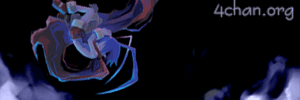| >> |
10/14/11(Fri)21:05 No.16627143Enlistee pool: Regulars, Reserves, National Guard, State Guard, Irregulars, State or Local Militia, Paramilitaries
Officer pool: Regs, Reserves, NGuard, SGuard, Vets, Civilian Military Trainees, Militia Officers
United Army of the Republic: The Fourth, Fifth, and Seventh Armies (composed of Regs, Reserves, NGuard). New Deal Coalition controlled State Guards, State Militia, and Local Militias. American Workers Union Local Militia. Popular Front Paramilitary units. British regulars (The Democratic Guards), no infantry. French regulars (The Garde Republicaine), no infantry. American War Volunteers (Trained foreign volunteer infantry). International Brigades (Trained foreign volunteer infantry), in Comintern or Socialist-and-Labour International flavors.
The American National Army: The First, Second, Third, and Sixth Armies (composed of Regs, Reserves, NGuard). State Guards that declared Nationalist. State Militia supporting Nationalist Governors before the consolidation under military-governors. Conservative Coalition controlled Local Militia. Liberty League controlled Local Militia. Christian Front, KKK, and Silver Legion locals. The American Legion Paramilitary. The National Police Paramilitary. The Eagle Korps (German regulars, no infantry), Corps of Volunteer Troops (Italian trained volunteer infantry), and the White Division (trained foreign infantry volunteers).
The Red Guard: |

